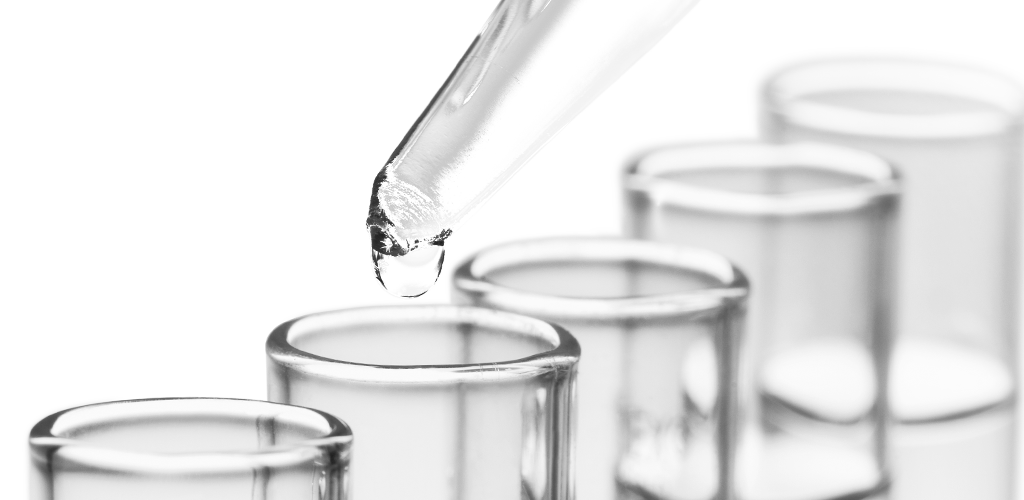Fibrinolysis
Definition of Fibrinolysis
The endogenous plasmin-mediated process of dissolving a formed thrombus is denoted fibrinolysis. Plasmin has the ability to break specific bonds in fibrin polymers formed by the cross binding activity of factor XIIIa. The fibrinolytic system has the following main responsibilities:
- To limit the formation of thrombi; fibrinolytic activation is intiated together with the plasmatic coagulation system.
- Healing or recanalization of a vessel with a thrombotic occlusion.
Course of the fibrinolytic activity
Fibrinolysis initiation is mainly dependent on the tissue-type plasminogen activator t-PA. Together with its substrate plasminogen, t-PA binds fibrin and thereby leads to a fibrin-dependent proteolysis. In general terms, the initiation stage of fibrinolysis is just as complex as that of coagulation and is based on the transformation of the zymogen plasminogen into its active serine protease form of plasmin. Regulation of this process must be of particular efficiency for two important reasons:
- A systemic proteolysis would also dissolve healthy tissue formations.
- A prematurely active fibrinolysis could endanger the important acute clot stability.
Inhibition of Fibrinolysis
For maintaining high fidelity regulation between coagulatory clotting and proteolytic fibrinolysis TAFI (Thrombin activatable fibrinolysis inhibitor) plays an important inhibitory role. Apart from this, four different forms of plasminogen activator inhibitors, denoted PAI-1 to PAI-4, are also known.
PAI-1, which is the most prominent form, is mainly synthesized in endothelial cells and stored in thrombocytes. Its release is concentrated to platelet rich clots leading to an increased thrombus resistance to fibrinolysis. Another fibrinolysis inhibitor is the plasmin inhibitor (α2-antiplasmin). FXIIIa makes it an initial clot stabilizer by rapidly and covalently binding this inhibitor to fibrin. The role of inhibiting plasmin is made directly by a 1:1-complex formation between plasmin and antiplasmin (PAP). PAP can be immunologically detected in plasma, and is therefore used as a diagnostic parameter for proving thrombosis.
Function of plasmin
The fibrinogen molecule can be structurally divided into two flanking D-units and one central E-unit. With a degree of simplification, the cross-linking action of FXIIIa can be described as a formation of a peptide bond between two adjacent D-fragments. Plasmin does not have the ability to fully disassemble cross-linked fibrin, since it cannot cleave the covalent bonds between two D-subunits created by FXIIIa. Hence, the degradation products are E-fragments, DD-fragments (D-dimers) and a vast amount of intermediate combinations.
The presence of D-dimers can be immunologically demonstrated in plasma. An increased level is a reliable marker showing that a formation of cross-linked fibrin has taken place.

